Data governance is a crucial aspect of any organization that deals with data. It involves managing the availability, usability, integrity, and security of data used by the organization. Assigning roles and responsibilities in data governance is essential to ensuring that the organization’s data is properly managed and utilized. This article will discuss how to assign roles and responsibilities in data governance, including key considerations and best practices.
Understanding the Importance of Data Governance
Before assigning roles and responsibilities in data governance, it is important to understand the importance of data governance in the organization. Data governance helps to ensure that the organization’s data is:
- Accurate and reliable
- Secure and protected
- Compliant with relevant regulations and policies
- Used effectively to achieve the organization’s goals
Data governance also helps to establish a clear framework for managing the organization’s data and ensures that everyone involved in managing data understands their roles and responsibilities.
Key Considerations for Assigning Roles and Responsibilities in Data Governance
When assigning roles and responsibilities in data governance, there are several key considerations that organizations should keep in mind:
Define the scope and objectives of data governance
The first step in assigning roles and responsibilities in data governance is to define the scope and objectives of data governance. This involves identifying the data that needs to be governed, the processes and systems involved in managing the data, and the desired outcomes of the data governance program.
Identify the stakeholders
The next step is to identify the stakeholders involved in data governance. This includes everyone who is involved in managing data, including business users, IT staff, compliance officers, and executives.
Assign roles and responsibilities.
Once the stakeholders have been identified, the next step is to assign roles and responsibilities. This involves defining each stakeholder’s specific responsibilities and the authority level they have in managing data.
Ensure accountability
Accountability is essential in data governance. Each stakeholder must be held accountable for their role in managing data. This includes defining clear performance metrics and establishing consequences for failing to meet them.
Provide training and support.
Finally, it is essential to provide training and support to stakeholders involved in data governance. This includes training on data governance best practices, policies, and procedures, as well as providing ongoing support to ensure that stakeholders have the resources they need to manage data effectively.
Best Practices for Assigning Roles and Responsibilities in Data Governance
When assigning roles and responsibilities in data governance, there are several best practices that organizations should follow:
Establish a data governance committee
Establishing a data governance committee can help to ensure that data governance is effectively managed across the organization. The committee should include representatives from each stakeholder group and should be responsible for defining policies, procedures, and performance metrics for data governance.
Define clear roles and responsibilities.
Each stakeholder involved in data governance should have clearly defined roles and responsibilities. This should include defining the specific tasks and activities they are responsible for, as well as the level of authority they have in managing data.
Ensure cross-functional collaboration
Effective data governance requires cross-functional collaboration between business users, IT staff, compliance officers, and executives. It is important to establish clear communication channels and to encourage collaboration across different departments and functions.
Establish performance metrics
Performance metrics are essential in data governance. They help to ensure that stakeholders are held accountable for their role in managing data and that progress toward data governance objectives is tracked and measured.
Provide ongoing training and support.
Finally, it is important to provide ongoing training and support to stakeholders involved in data governance. This includes providing training on new policies and procedures, as well as ongoing support to ensure that stakeholders have the resources they need to manage data effectively.
Conclusion
Assigning roles and responsibilities in data governance is essential to ensuring that an organization’s data is properly managed and utilized. By following the key considerations and best practices outlined in this article, organizations can establish a clear framework for managing data governance and ensure that everyone involved in managing data understands their roles and responsibilities. Effective data governance can help organizations to achieve their goals and maintain their competitive advantage.







Leave a Reply